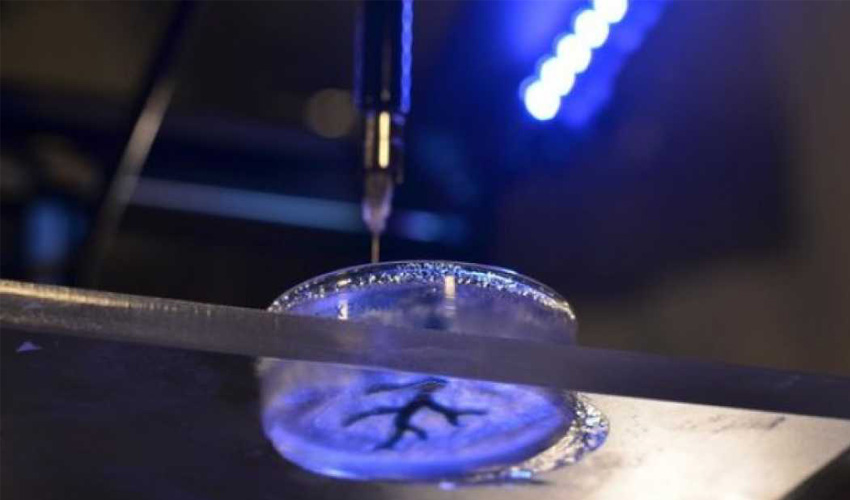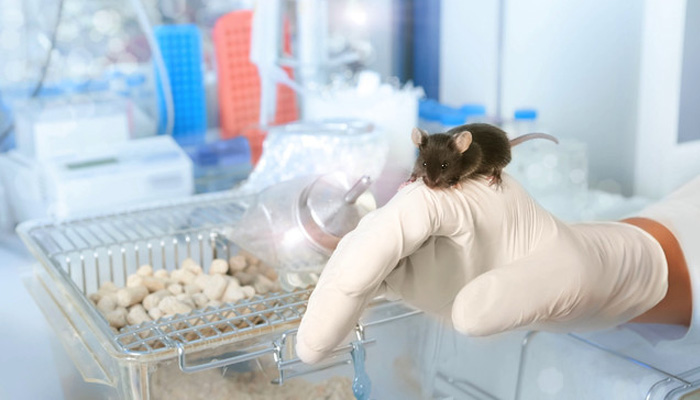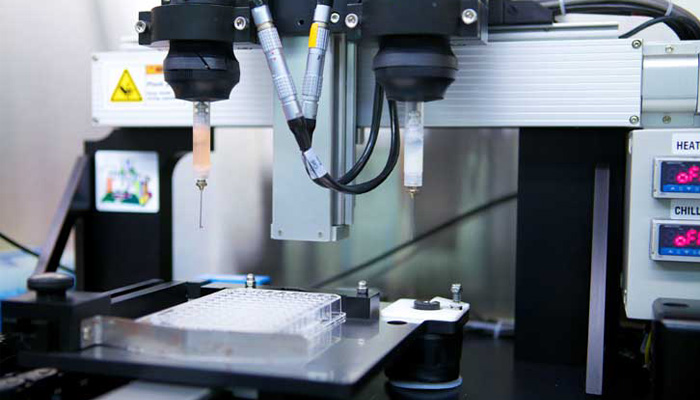American researchers prints a functional 3D brain

Researchers at the Johns Hopkins University have succeeded in printing a functional 3D brain for a mouse! A first in the medical world that shows how bio-printing could advance research especially in the surgical sector. The researchers have collaborated with the American company Organovo to create this organ and successfully implanted it in a mouse that still lives today and whose intellectual faculties have been improved.
The bio-printing is growing more rapidly and again shows its full potential: this technology to create cell structures would enable to produce functional organs using this method. So far several researchers have succeeded in creating a liver, an already considerable advance; the Johns Hopkins University now exceeds this progress by printing a functional 3D brain for a mouse after several years of research.

A functional 3D brain to improve the intellectual capabilities
Thanks to the expertise of the American company Organovo, they used a bio-inkjet printer capable of depositing droplets of bio-ink also called biotins. These are extracted on a culture plate or a hydrogel support and form, layer by layer, the desired organ. Here, researchers from the Johns Hopkins University developed glial cells that they mixed with neurons to create the appropriate biotins. They have now been able to bio-print a brain they implanted successfully in a mouse.

The bio-printer developed by Organovo
Pr. Bernard Merlan explains that the tests are for the moment conclusive: the mouse whose brain was printed in 3D is still alive, 3 months after the operation! Organovo’s Scientific Director, Bob Goldfish, says, ” This is very promising, it’s the first time our bio-printing technology has shown such results, especially on an organ as complex as the brain. We will continue our research and hope that in a few years we can apply it to a human. “
Researchers already have the ambition to test their results on humans, while bio-printing progresses rapidly and may well become a new way of designing, repairing or improving our organs! Find more information in the official press release .
Can bio-printing improve our organs? Let us know in a comment below or on our Facebook and Twitter pages! Sign up for our free weekly Newsletter, all the latest news in 3D printing straight to your inbox!







